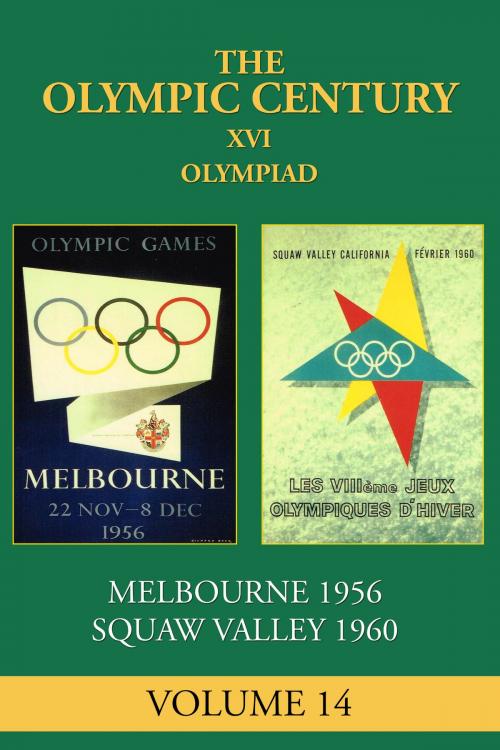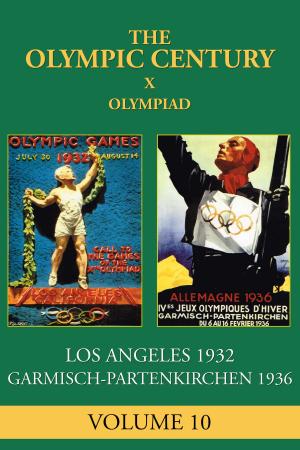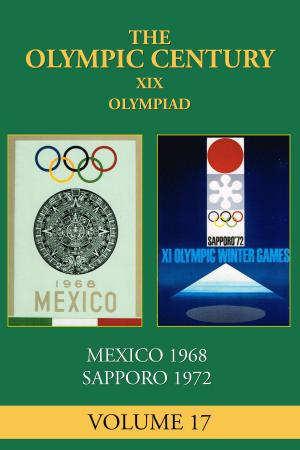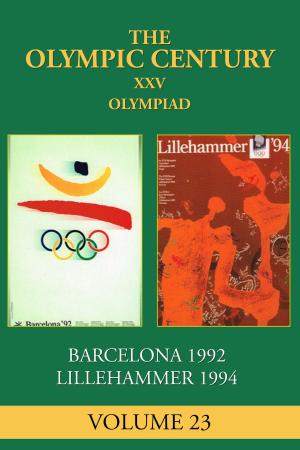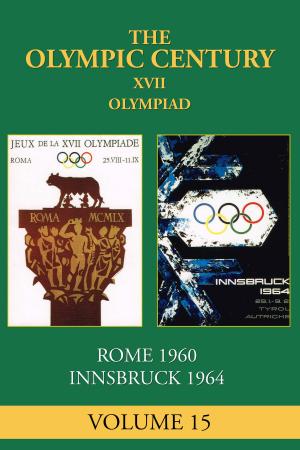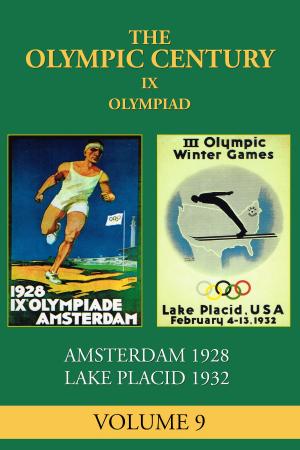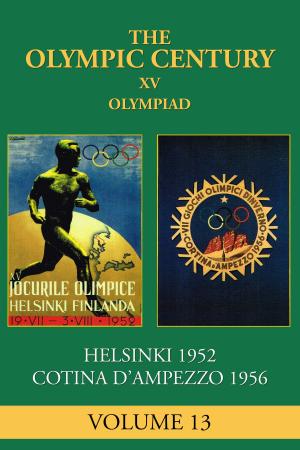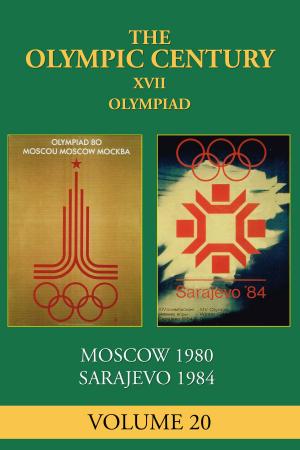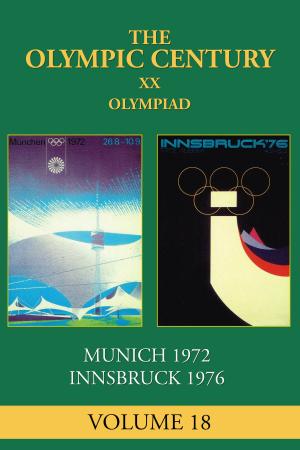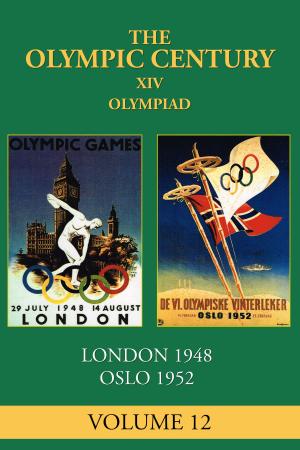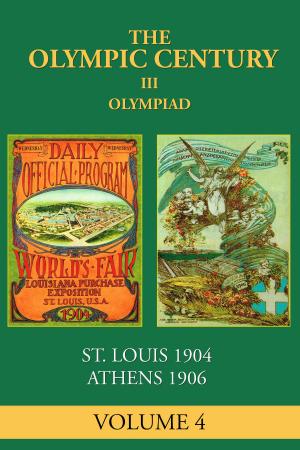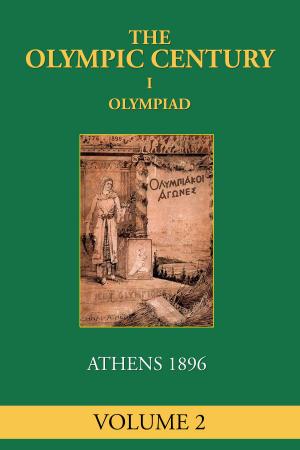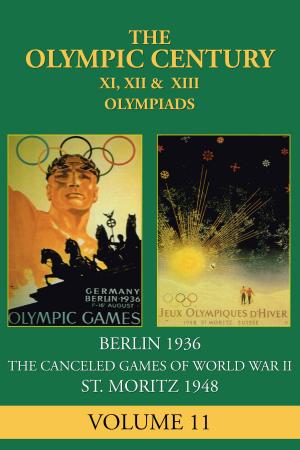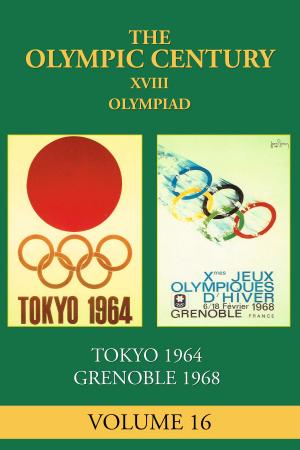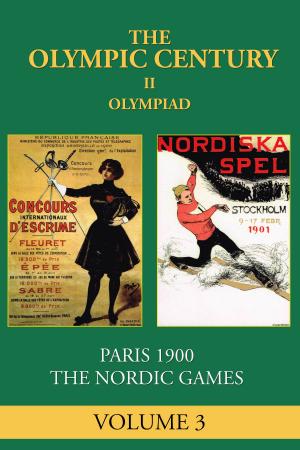| Author: | Carl Posey | ISBN: | 9781987944136 |
| Publisher: | Warwick Press Inc. | Publication: | November 18, 2015 |
| Imprint: | Warwick Press Inc. | Language: | English |
| Author: | Carl Posey |
| ISBN: | 9781987944136 |
| Publisher: | Warwick Press Inc. |
| Publication: | November 18, 2015 |
| Imprint: | Warwick Press Inc. |
| Language: | English |
The 1956 Summer Olympics in Melbourne, Australia, were unique in several respects: they were the first Games held outside Europe or North America, as well as the first held in the southern hemisphere. The XVI Olympiad, the fourteenth volume in The Olympic Century series, begins with the story of Melbourne 1956, known as 'The Friendly Games'.
The book profiles the heroes of Melbourne, like the 18-year-old Australian sprinter Betty Cuthbert, the 'Golden Girl,' who claimed gold in the 100, 200 and 4x100 relay; and the American Bobby Morrow who mirrored Cuthbert's achievements on the men's side. There were also unlikely winners, like Ronnie Delany of Ireland, who held off the powerful Americans to claim gold in the 1500 metres. The book also explores how Cold War tensions surfaced in Melbourne in disputes over officiating, and most violently in water polo, where Hungary and Russia engaged in what became known as the 'Blood in the Water Match.'
Following Melbourne, the book turns its focus to Squaw Valley, California, and the Winter Games of 1960. Squaw Valley saw the Olympic debut of the biathlon and women's speed skating, along with technological innovations like artificial ice surfaces, instant replay and results tabulated by computer. The book also recounts the story of the plucky American ice hockey team, made up of college players, which defeated the experienced Canadians and dominant Russians to claim gold.
Juan Antonio Samaranch, former President of the International Olympic Committee, called The Olympic Century, 'The most comprehensive history of the Olympic games ever published'.
The book profiles the heroes of Melbourne, like the 18-year-old Australian sprinter Betty Cuthbert, the 'Golden Girl,' who claimed gold in the 100, 200 and 4x100 relay; and the American Bobby Morrow who mirrored Cuthbert's achievements on the men's side. There were also unlikely winners, like Ronnie Delany of Ireland, who held off the powerful Americans to claim gold in the 1500 metres. The book also explores how Cold War tensions surfaced in Melbourne in disputes over officiating, and most violently in water polo, where Hungary and Russia engaged in what became known as the 'Blood in the Water Match.'
Following Melbourne, the book turns its focus to Squaw Valley, California, and the Winter Games of 1960. Squaw Valley saw the Olympic debut of the biathlon and women's speed skating, along with technological innovations like artificial ice surfaces, instant replay and results tabulated by computer. The book also recounts the story of the plucky American ice hockey team, made up of college players, which defeated the experienced Canadians and dominant Russians to claim gold.
Juan Antonio Samaranch, former President of the International Olympic Committee, called The Olympic Century, 'The most comprehensive history of the Olympic games ever published'.
The 1956 Summer Olympics in Melbourne, Australia, were unique in several respects: they were the first Games held outside Europe or North America, as well as the first held in the southern hemisphere. The XVI Olympiad, the fourteenth volume in The Olympic Century series, begins with the story of Melbourne 1956, known as 'The Friendly Games'.
The book profiles the heroes of Melbourne, like the 18-year-old Australian sprinter Betty Cuthbert, the 'Golden Girl,' who claimed gold in the 100, 200 and 4x100 relay; and the American Bobby Morrow who mirrored Cuthbert's achievements on the men's side. There were also unlikely winners, like Ronnie Delany of Ireland, who held off the powerful Americans to claim gold in the 1500 metres. The book also explores how Cold War tensions surfaced in Melbourne in disputes over officiating, and most violently in water polo, where Hungary and Russia engaged in what became known as the 'Blood in the Water Match.'
Following Melbourne, the book turns its focus to Squaw Valley, California, and the Winter Games of 1960. Squaw Valley saw the Olympic debut of the biathlon and women's speed skating, along with technological innovations like artificial ice surfaces, instant replay and results tabulated by computer. The book also recounts the story of the plucky American ice hockey team, made up of college players, which defeated the experienced Canadians and dominant Russians to claim gold.
Juan Antonio Samaranch, former President of the International Olympic Committee, called The Olympic Century, 'The most comprehensive history of the Olympic games ever published'.
The book profiles the heroes of Melbourne, like the 18-year-old Australian sprinter Betty Cuthbert, the 'Golden Girl,' who claimed gold in the 100, 200 and 4x100 relay; and the American Bobby Morrow who mirrored Cuthbert's achievements on the men's side. There were also unlikely winners, like Ronnie Delany of Ireland, who held off the powerful Americans to claim gold in the 1500 metres. The book also explores how Cold War tensions surfaced in Melbourne in disputes over officiating, and most violently in water polo, where Hungary and Russia engaged in what became known as the 'Blood in the Water Match.'
Following Melbourne, the book turns its focus to Squaw Valley, California, and the Winter Games of 1960. Squaw Valley saw the Olympic debut of the biathlon and women's speed skating, along with technological innovations like artificial ice surfaces, instant replay and results tabulated by computer. The book also recounts the story of the plucky American ice hockey team, made up of college players, which defeated the experienced Canadians and dominant Russians to claim gold.
Juan Antonio Samaranch, former President of the International Olympic Committee, called The Olympic Century, 'The most comprehensive history of the Olympic games ever published'.
